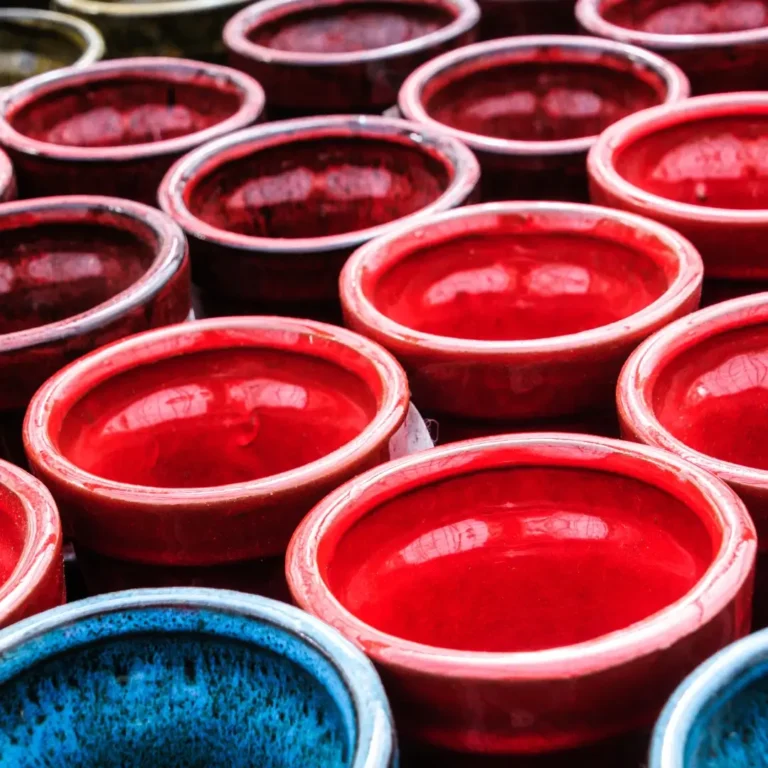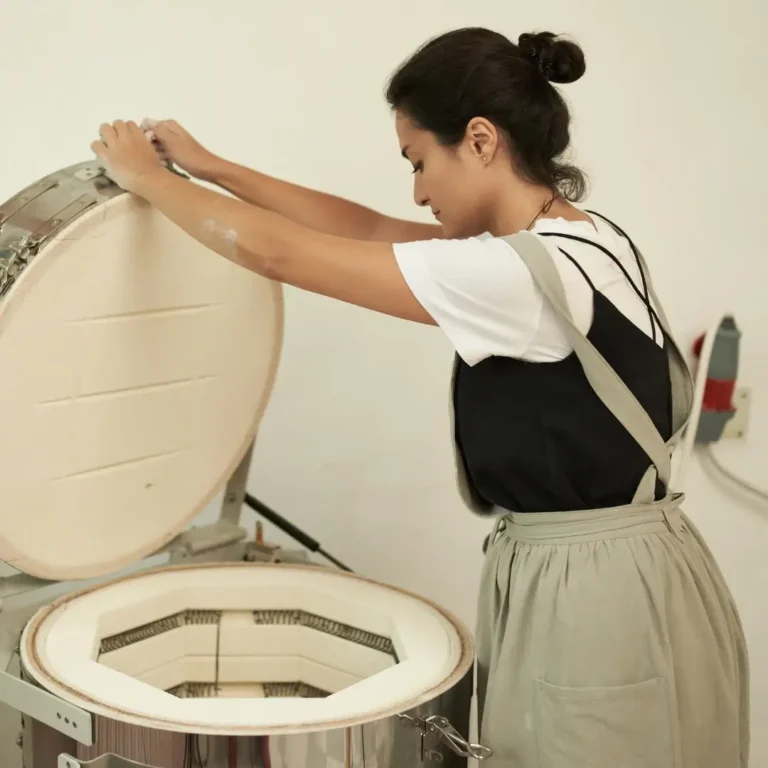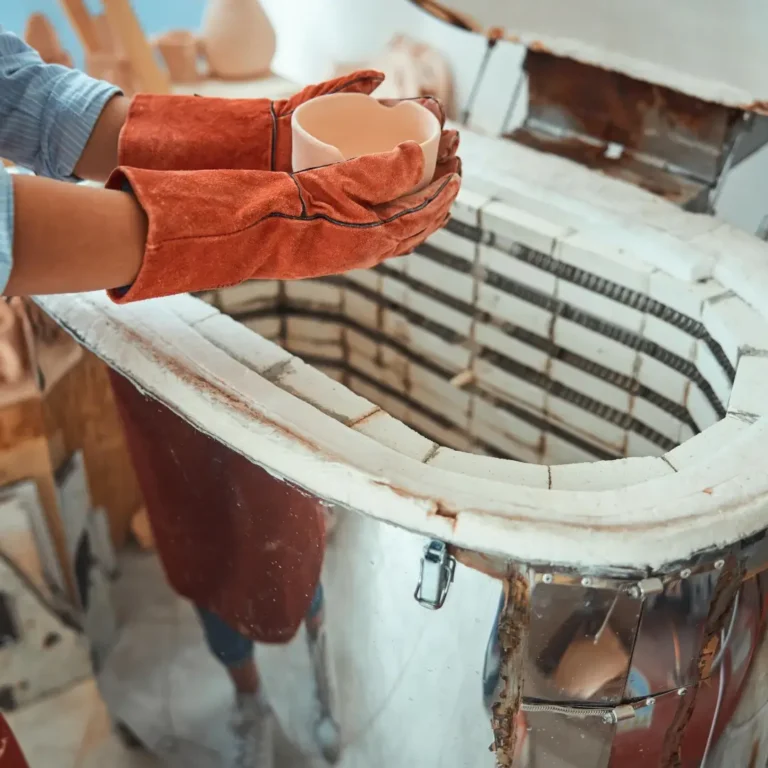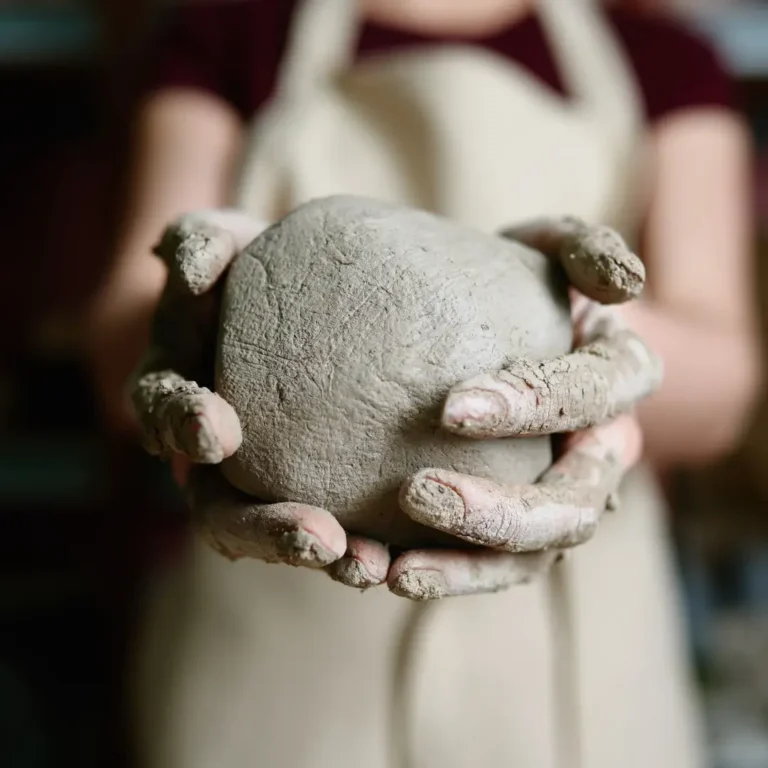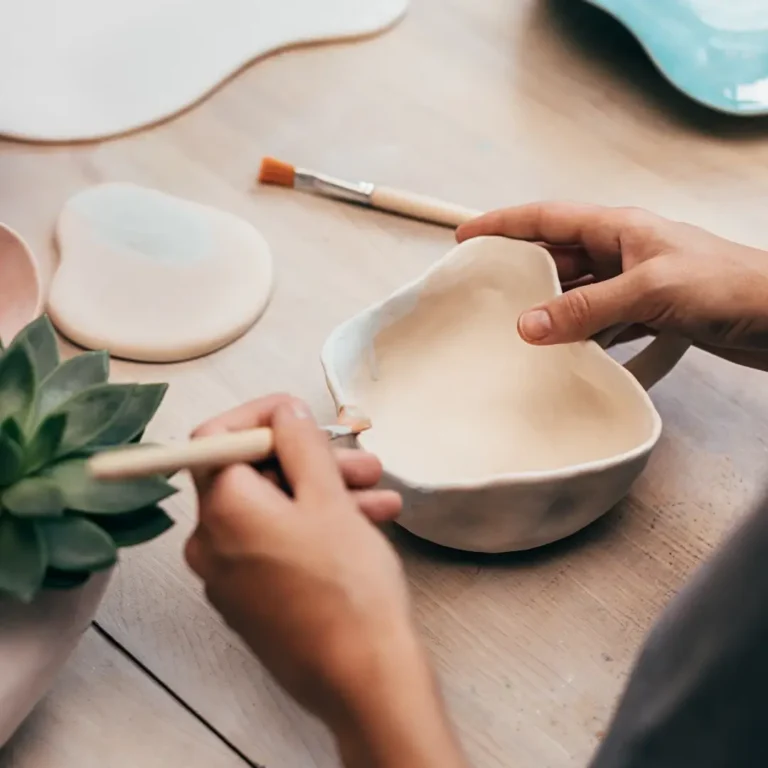All about bisque ceramic
We explain what is bisque-fired ceramics, how it is made and why it is a fundamental phase in the creation of the final pieces.

What is biscuit ceramic
It is a term used in ceramics to refer to the clay that has been baked once. The temperature is lower than the final firing in which it will be enameled or glazed. This process is a crucial intermediate step in the creation of ceramic pieces. It is also called ceramic bisque.
The biscuit phase is essential because it provides a solid and porous structure that facilitates the application and adhesion of the enamel, and prevents the deformation of the piece during the enamel and final firing, thus ensuring the quality and durability of the finished ceramic.
Features
Porosity and Hardness: After this first firing at the temperature for ceramic bisque, the piece becomes porous and somewhat harder than raw clay, but is still softer than fully vitrified ceramic. This porosity is important because it allows the glaze to adhere better in the next step of the process.
Ideal for Enameling: Once the piece is fired, it is ready to be glazed. The porosity of the bisque allows the glaze, which is basically a form of powdered glass mixed with a liquid medium, to soak into the surface before the second firing.

In addition, the piece is more resistant to deformation than raw clay, which facilitates handling during the glazing process.
Therefore, this intermediate state of the ceramic serves as a canvas for different decoration techniques, such as the application of glazes, ceramic paints, and other forms of surface art.
Discover the Art of Ceramic Bisque: A Step-by-Step Guide
Each step is an art in itself. Here I guide you through this essential process, revealing the secrets to create unique and long-lasting pieces by taking care of this initial phase and its firing.
- Clay Selection:It all starts with choosing the right clay. Depending on the piece you want to create, you can opt for clay for stonewarea red clay with a high iron content, such as the one used in the terracotta a whiter one with kaolin to create porcelain, etc. each one will bring unique characteristics.
- Modeling and Forming: Once the clay is selected, proceed to mold it into the desired shape. This is your chance to be creative, whether it be by lathe, rolling, hand modeling, or whatever technique you prefer.
- Initial Drying: Before the first baking, it is crucial to let the piece dry slowly. Avoid direct sunlight or air currents, which can cause cracks or deformation.
- First Cooking or Baking: Now it is time to “bake” the piece, baking it in the oven. At what temperature is the ceramic sponge cake baked? Generally between 600 and 1000 degrees Celsius. This process removes moisture and prepares the ceramic for glazing, giving it a solid but still porous structure.
- Inspection and sanding: Once fired, check the piece for imperfections. You can lightly sand any roughness to ensure a smooth surface, ideal for glazing.

We hope you liked this post. It will help us if you share it on social media 👍
Note: This article contains links that lead to the artists’ stores outside of the Ceramicartis website. If you buy something from them, we will receive a small commission that will help us to continue our site and in turn continue to support those artists.
This of course does not affect the selling price.
Latest posts:
